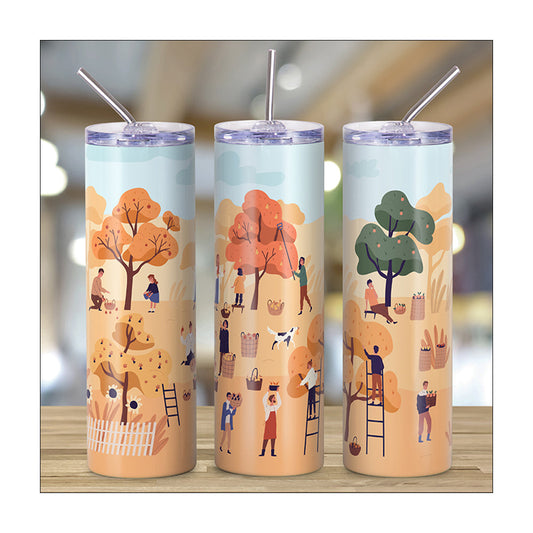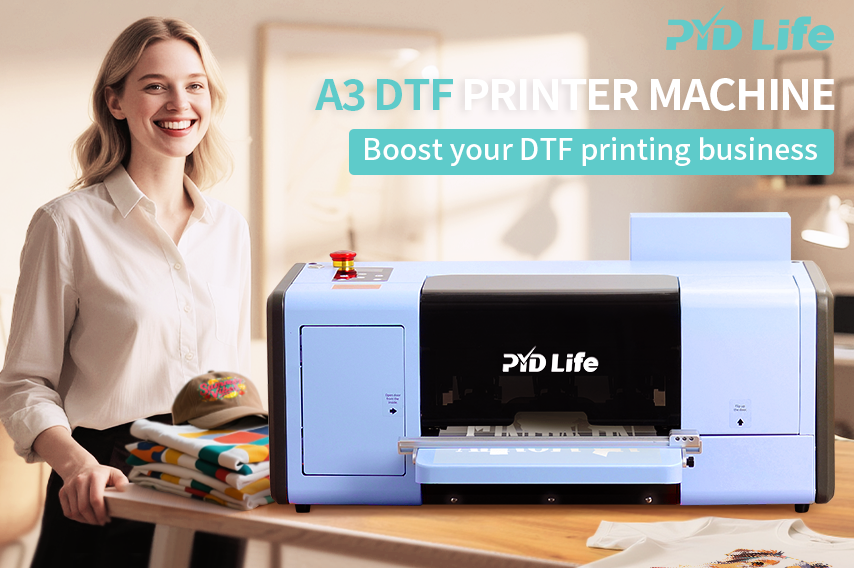DTF (Direct-to-Film) printing is a process where a digital printer prints an image onto a special film, which is then heat-pressed onto a garment or other substrate. This method offers vibrant, full-color designs with superior quality and durability, and it's rapidly gaining popularity due to its versatility and low production costs.
How Does DTF Printing Work ?
Step 1 : Creating the Design
The process begins with making a digital design on your computer. You can use any design software to create logos, artwork, or patterns. Save your design in common file types like EPS, AI, TIFF, or PNG.

Step 2: Printing on Film
A digital printer, often a modified inkjet printer, prints the design onto a specially coated PET (Polyethylene Terephthalate) film.

Step 3: Applying Adhesive Powder
While the ink is still wet, a specialized adhesive powder is applied to the film, ensuring the ink adheres to the film and the design can be transferred.

Step 4: Curing the Film
The film with the powder is then heat-cured, often in a special oven, which melts the powder and bonds it to the ink, creating a ready-to-transfer sheet.

Step 5: Transferring to the Substrate
The cured DTF film is then heat-pressed onto the desired garment or substrate (e.g., t-shirt, tote bag, etc.) using a heat press.

Step 6 : Peeling Off the Film
Once the film is cooled, it's peeled away, leaving the design permanently adhered to the substrate.

DTF printing is advantageous
High-quality prints: It produces vibrant, full-color designs with excellent detail and accuracy.
Versatility: It can be used on various fabrics and materials, including cotton, polyester, and blends.
Durability: The designs are durable and can withstand multiple washes.
Low production costs: DTF printing is a cost-effective method for decorating garments.
Ease of learning: DTF printing is relatively easy to learn and implement.








